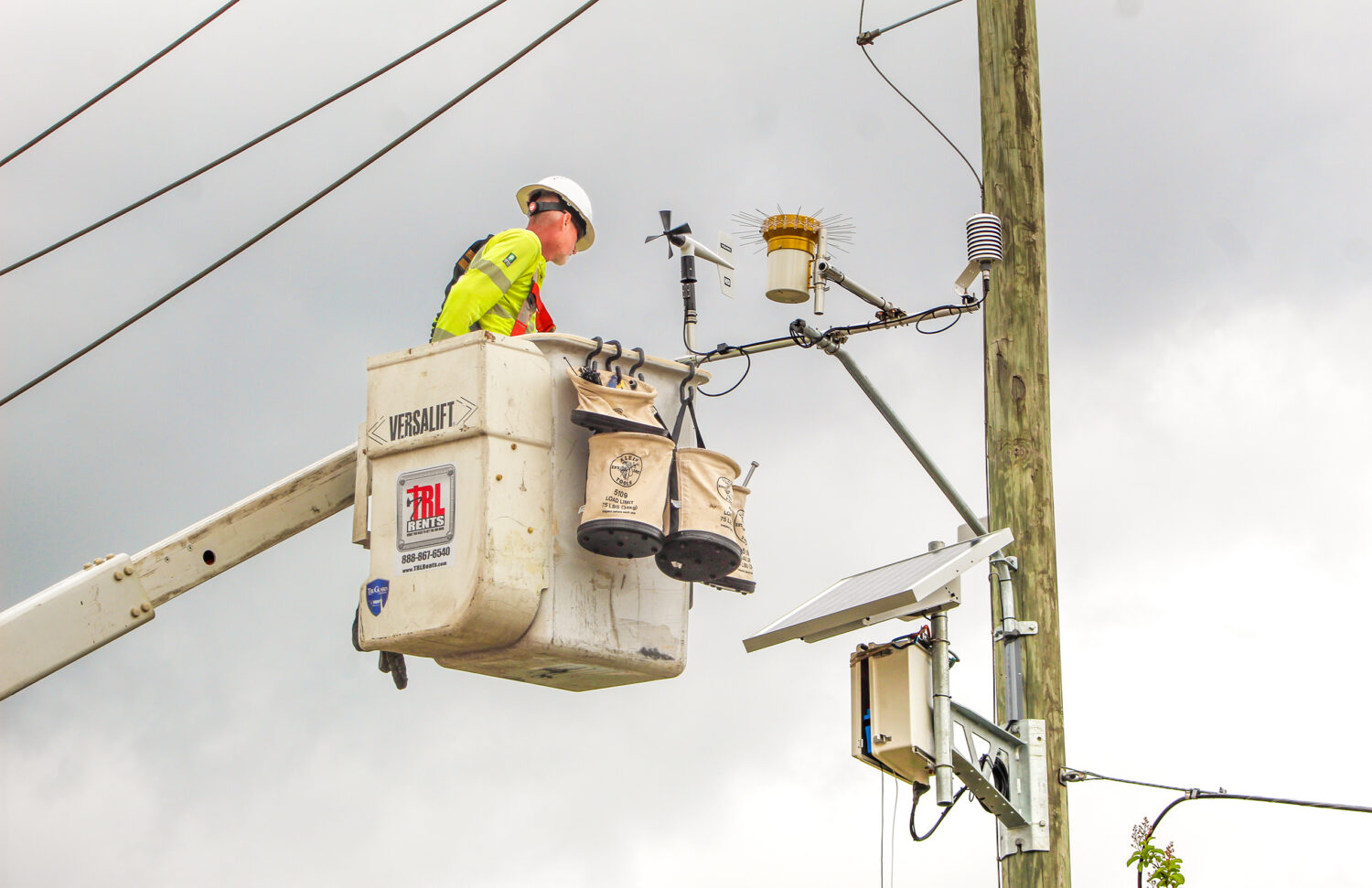Introduction to CenterPoint Energy’s Weather Station Network
CenterPoint Energy has begun installing 100 weather stations across the Houston region. The stations, which are being installed in phases, will provide measurements every 2 to 5 minutes and collect data such as rainfall, temperature, wind speed, and humidity levels. This hyper-localized data will be shared with state and local agencies and the general public, with all 100 stations expected to be completed by June 1.
How the Weather Stations Will Work
The data from these stations will allow CenterPoint Energy to better predict weather events. According to Matt Lanza, a CenterPoint meteorology manager, "As a meteorologist, you want as much data as possible, and as a utility, you need to have as much data as possible. So we’re building up a history of data in certain parts of our area that is directly impacting our assets as well as the area itself." This will enable the company to improve its preparedness and response to severe weather conditions.
Benefits of the Weather Station Network
While this will be the first weather station network of its kind in Houston, similar projects have been successful in other parts of the country. Lanza noted, "A lot of utilities that have done this out west have had a lot of positive results from this. You can use this data to input into weather models to help improve the model’s forecast, kind of at a shorter-term level, to understand things like the different pop-up thunderstorms that we have, especially in the summertime here." The installation of the weather station network is part of CenterPoint’s resiliency action plan, which was developed in response to the power outages that affected over 2.2 million customers during Hurricane Beryl.
Design and Functionality of the Weather Stations
The weather stations are designed to withstand extreme weather conditions, with each station having its own solar panel to provide self-sustaining power. Lanza said, "These are definitely going to be more durable than backyard weather stations. They are designed to withstand just about anything you can throw at them. A situation like Hurricane Beryl last year, I feel pretty confident that they can withstand this." The data collected from the stations will also be shared with the National Oceanic and Atmospheric Administration, which includes the National Weather Service.
Collaboration with the National Weather Service
Tim Cady, a lead meteorologist for the National Weather Service’s Houston-Galveston office, expressed enthusiasm about the potential benefits of the new data sources. "I think it’s going to be incredibly useful, especially during active weather events. As we know, in Houston, we get a lot of flash flooding events, for example, and actually being able to see those rainfall totals add up in greater detail is going to be something that I think is going to really benefit our operations a lot… if we’re able to produce higher-quality warning and more targeted messaging as a result of these observations."
Conclusion
The installation of CenterPoint Energy’s weather station network is a significant step towards improving weather forecasting and emergency preparedness in the Houston region. By providing hyper-localized data and collaborating with the National Weather Service, the company aims to reduce the impact of severe weather events and enhance public safety. As the network becomes operational, it will be exciting to see the positive effects it has on the community and the potential for similar initiatives in other areas.




